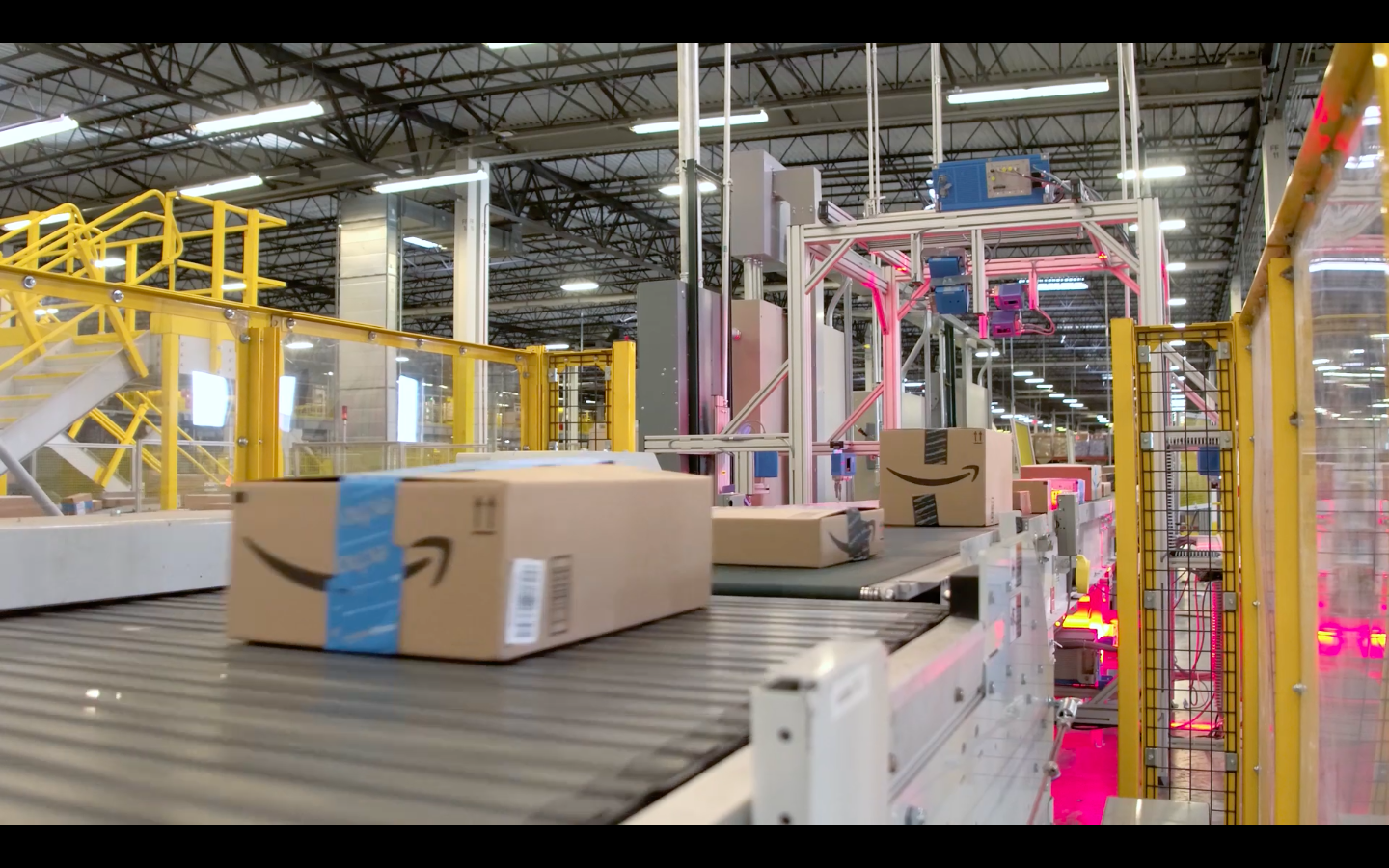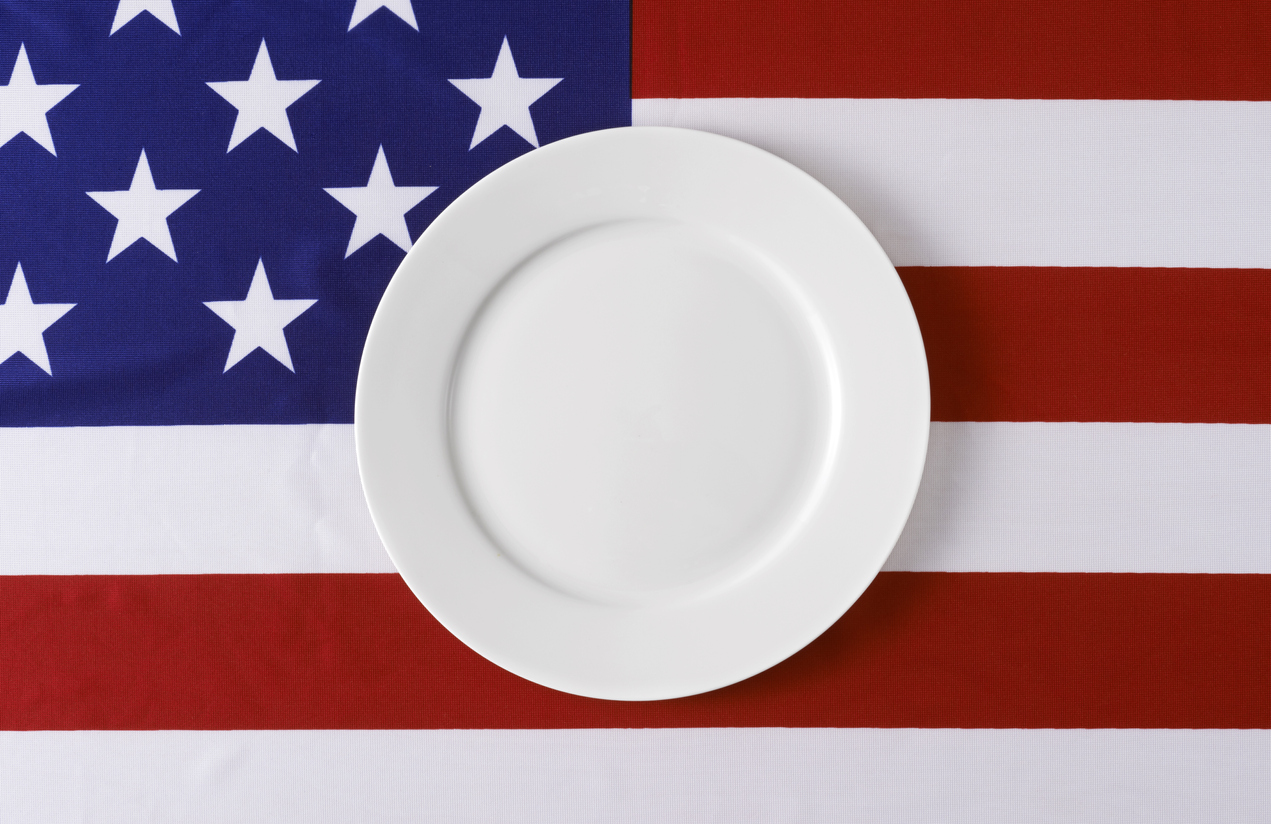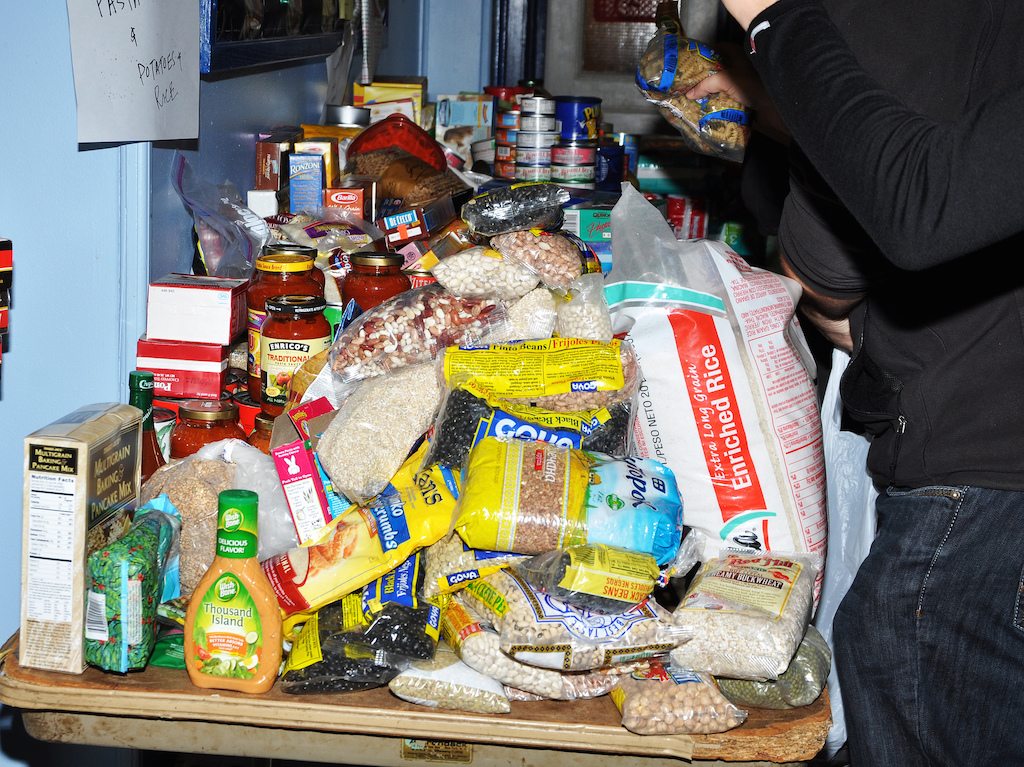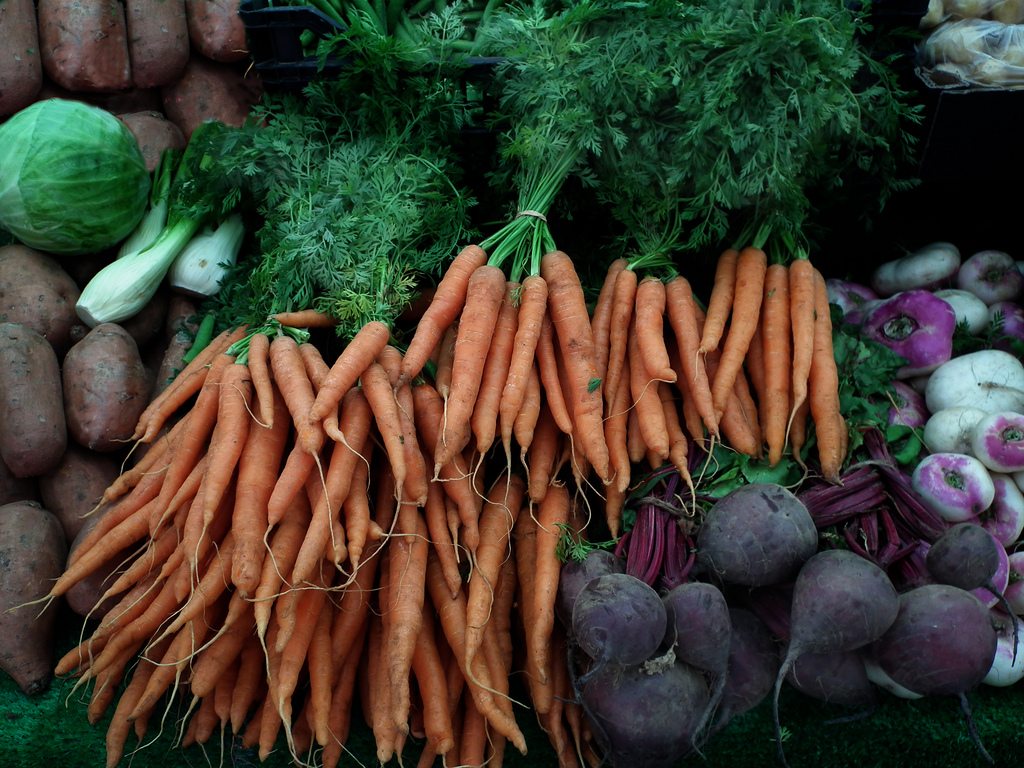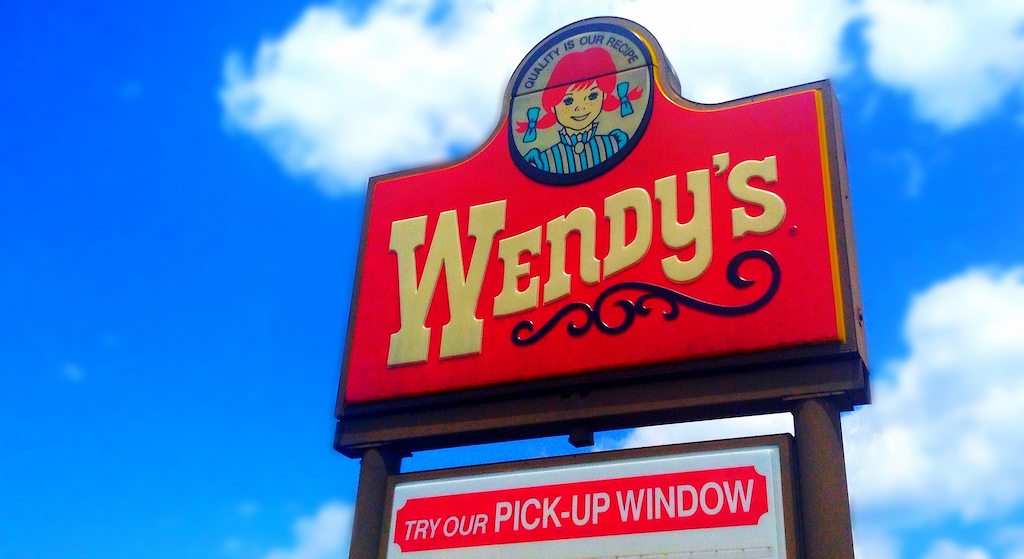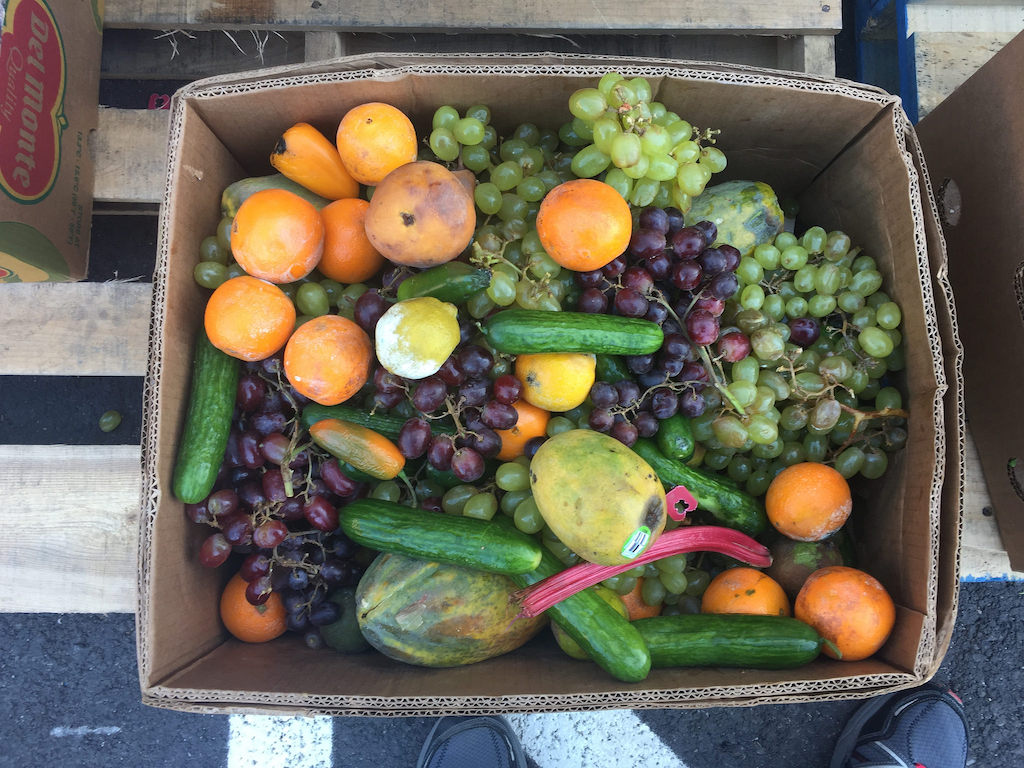It sounds like an optimistic middle schooler’s solution to chronic obesity and Type 2 diabetes: eat more fruits and vegetables. It’s a clean answer, maybe even one of the best, and there’s tons of scientific evidence to back it up. But if fruits and veggies were cheap, convenient, and had even a fraction of the marketing budget of their junk food counterparts (McDonald’s spent more than $988 million on ads in 2013 alone), we’d all be feeding dollars into the broccoli vending machine while our kids begged us for the vegetarian quinoa Happy Meal and its requisite free Beanie Baby.
Real life is a lot messier. The things that affect diet (and, relatedly, risk of chronic disease) start early—as early as in the womb—and often have little to do with “making healthy choices.” These factors, which the Center for Disease Control and Prevention calls “social determinants of health,” include things like economic stability, education, and immigration status.
Which is why improving nutrition is so thorny: it’s impossible to elevate fruits and vegetables as an antidote to society’s ills without sounding like that optimistic middle schooler. Plus, healthy food is expensive (or at least people think it is). And no one should tell anyone else how to eat except—maybe—the doctor.
Still, doctors have been “prescribing” fruits and vegetables since at least 2013. In some cases, that looks like coupons for the farmers’ market outside the hospital. At least one health insurance company arms its customers with digital coupons that incentivize healthy purchasing. Some of these initiatives seem like lip service, sure. But there’s evidence of a paradigm shift in health care—one that means a “Veggie Rx” might soon mean a lot more.
The overarching incentive structures for health care providers are shifting in favor of better food and fewer hospital visits. Obesity and Type 2 diabetes are preventable and expensive to treat, the logic goes, so why not incentivize institutions to play a larger role in helping people get healthy and keeping them that way?
This paradigm shift shakes out in a lot of different ways. Under the Affordable Care Act, for instance, hospitals have to meet new requirements that show they’re benefiting their communities in order to hang on to their nonprofit status. That can mean addressing food insecurity at the community level before individuals require hospitalized care. Here’s another example: some insurance providers are starting to penalize hospital readmission, which means caregivers have a financial motivation to help people manage their diseases on their own. More on that in the first study I link to below.
Given this shift, food banks and health care providers are starting to work more closely to connect the dots. That means installing food bank representatives in clinics to reach out to people who report food insecurity. It also means offering customized food assistance to people who have varying nutritional needs. But how can hospitals and food banks cooperate most effectively? And what happens to people’s privacy when hospitals and food banks start communicating about their health needs?
To help answer those questions, the Center for Health Law & Policy Innovation at Harvard University, in partnership with Feeding America, has produced two reports that roadmap those relationships. The first, “Food Banks as Partners in Health Promotion: Creating Connections for Client and Community Health,” came out in 2013 and provides an overview of potential collaborations between food banks and health care providers. And this month, a follow-up was released that digs into the nitty gritty legal challenges of those relationships: “Food Banks as Partners in Health Promotion: How HIPAA and Concerns About Protecting Information Affect Your Partnership.”
The Health Insurance Portability and Accountability Act (HIPAA) of 1996 required health care providers to take lots of new precautions to protect their clients’ health data. That includes name, birth date, address, and social security number in addition to information about a person’s health. Under that regulation, business partners of health care providers, like billing companies, are also required to protect health data.
But there’s no equivalent regulation for food banks, and many of them don’t have the infrastructure to manage complex security and record-keeping information. So if a food bank enters into a relationship with a hospital or clinic that involves sharing information about specific people, it may have to rush to figure out how to keep that data safe. (The Harvard report points out that most of the time, food banks are off the hook on HIPAA compliance. But as relationships between hospitals and food banks get tighter and tighter—which would be a good thing, since it would mean people were getting more personalized food deliveries—such compliance could become a major hurdle.)
Helpfully, the report also outlines ways for food banks to give individualized donations without worrying about stewarding individuals’ health data. For example, a clinic could send a food bank information about what types of foods its patients need, along with a request for a set number of boxes that address each problem. Then, the clients could just show up at the food bank and ask for a specific box. And that way, the bank would never have a record of the client’s identifying information.
It’s confusing, yeah, but also hopeful: There is now a roadmap for getting healthy food to the people who need it without compromising their privacy. In today’s political climate, where people are dropping out of the food stamp program for fear their identification data will be used against them, it’s more important than ever to protect the programs that let hungry people get access to food without fear of fallout.


